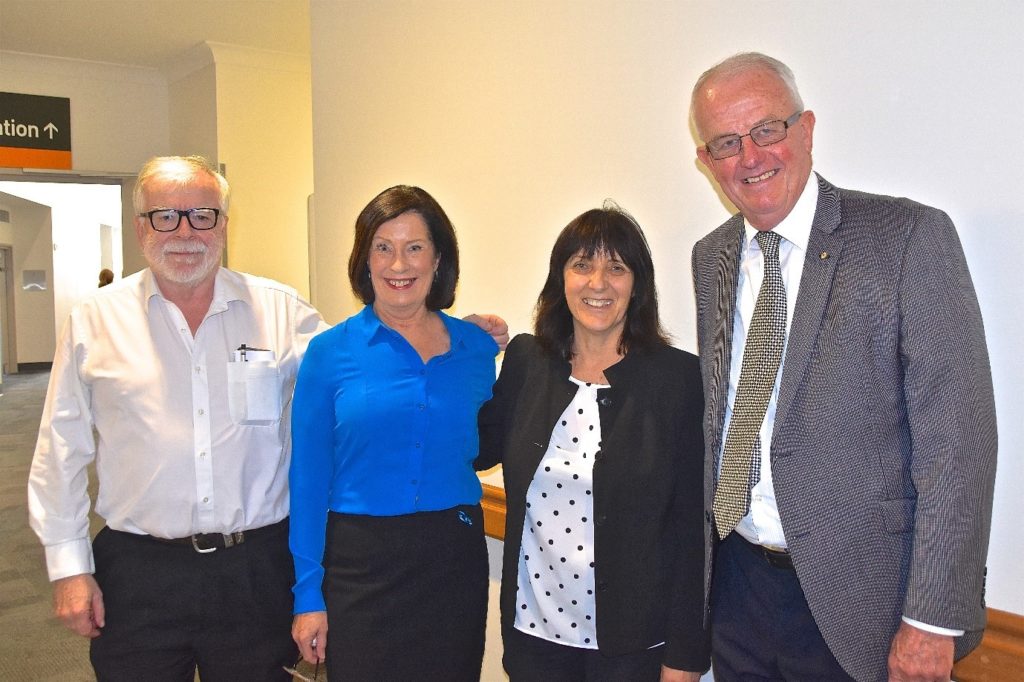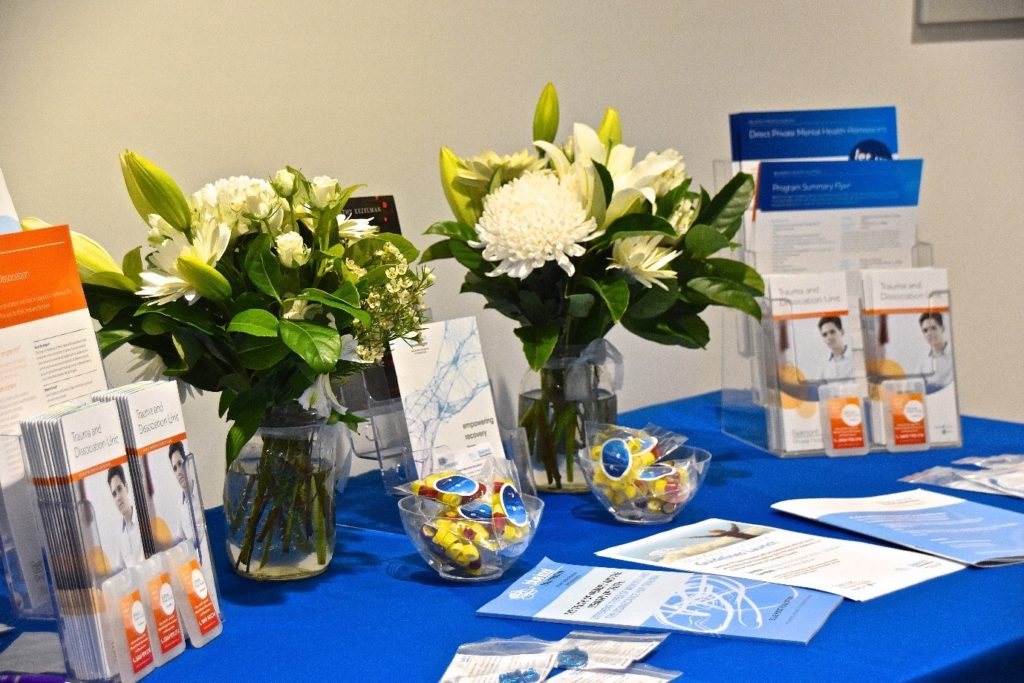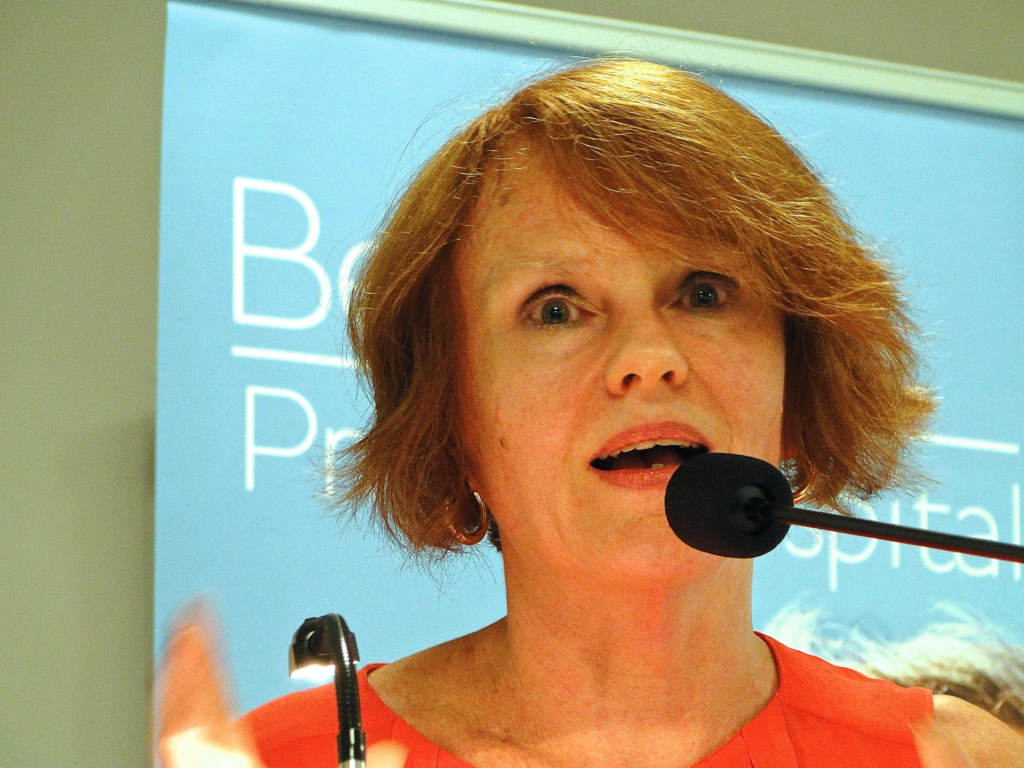
Blue Knot Foundation, Australia’s National Centre of Excellence for Complex Trauma has launched new clinical guidelines for the treatment of complex trauma. Written by ISSTD members, Dr Cathy Kezelman AM and Pam Stavropoulos PhD, these clinical guidelines update the original ground-breaking and internationally acclaimed clinical guidelines, which were published in 2012.
The original guidelines were unique: the first such clinical guidelines published anywhere in the world. In fact, they were endorsed by ISSTD, the first time the organisation had ever endorsed treatment guidelines from another organisation.
Much has changed in the treatment of complex trauma since 2012, not just in Australia, but around the world. These updated guidelines expand and further develop the material written in 2012 and contain considerable new material.
The guidelines open with a Foreword by ISSTD Past President, Professor Warwick Middleton and then unfold in two inter-related parts: Part One comprising the actual guidelines and Part Two a summary of the research behind the guidelines.
However, this quick description does not do justice to the content. This is not a document to be taken lightly, but rather an essential resource for students, clinicians and researchers from around the world. To illustrate: Part Two commences with a summary of key themes to emerge from current research. In itself, this is a useful and integrative document. Part Two is then further divided into five chapters:
- Chapter 1: Understanding Complex Trauma and the Implications for Treatment
- Chapter 2: What is dissociation and why do we need to know about it?
- Chapter 3: Revisiting Phased Treatment for Complex Trauma
- Chapter 4: ‘New’ and Emerging Treatments
- Chapter 5: ‘Evidence-based’: the challenge of and for complex trauma
For me, one of the most exciting aspects of these new guidelines is the increased focus on dissociation and dissociative disorders. Indeed, dissociation is front and centre of the guidelines, as is illustrated by a quick look at the actual guidelines. For example:
- Guideline 5: Attune to dissociation and the treatment implications
- Guideline 6: Become aware of the core dissociative symptoms of depersonalisation (estrangement from self), derealisation (estrangement from environment), amnesia, identity confusion, and identity alteration which occur in varied combinations
- Guideline 7: Understand that complex trauma-related dissociation underlies diverse presentations and remains widely undetected.
- Guideline 20: Ensure that all treatment modalities are ‘dissociation informed’ as well as trauma-informed.
- Guideline 33: Recognise that misconceptions about Dissociative Identity Disorder (DID) continue to circulate.
For many of us, used to working within a trauma field that can marginalise and even dismiss dissociation, these guidelines are a welcome relief and illustrate the extensive experience and sensitivities of the two authors. They also do justice to the unrelenting work of theorists, clinicians and researchers in the dissociation field, who have continued to produce high quality work, often against great obstacles, to build the credibility of the dissociation field.
But there’s more…
Rather incredibly, these Guidelines do not stand alone. In fact, they come with a ‘Companion Volume of Complementary Guidelines’ which contains two further sets of Guidelines, also essential reading:
- Guidelines to Differences between Therapy for Complex Trauma and Standard Counselling Approaches; and
- Guidelines to Therapist Competencies for Working with Complex Trauma and Dissociation

Launch of the Guidelines
The Guidelines were launched at Belmont Hospital in Brisbane, Australia on 31 October 2019. Belmont Hospital is notable as the ‘home’ of the Trauma and Dissociation Unit (TDU) Australia’s oldest specialist inpatient service for treating complex trauma and dissociation, and still one of only a few such units in the southern hemisphere.
The launch was hugely successful. The speakers were Mary Williams AM, CEO of Belmont Hospital, Dr Cathy Kezelman AM, President of Blue Knot Foundation, Bob Atkinson AO APM, a past Commissioner of Australia’s Royal Commission into Institutional Responses to Child Sexual Abuse and Professor Warwick Middleton, Founder and Medical Director of the TDU.
Dr Cathy Kezelman, President of the Blue Knot Foundation was delighted with the event. She said, “The presence and role of Bob Atkinson, one of the prior Royal Commissioners from Australia’s ground-breaking Royal Commission into Institutional Responses to Child Sexual abuse was an added bonus. His five years with the Royal Commission, meeting with many survivors in private sessions as well as public hearings, and his compassion, humility and compassion continue to be inspiring.”
She added, “I was delighted to represent Blue Knot Foundation and to have the chance to acknowledge the inspiring contribution of Pam Stavropoulos, our Head of Research, who did the hard yards for this publication, over an 18-month period. Pam’s passion, insights, and superior research and integrative skills provided the basis of these Guidelines.”

Dr Kezelman also acknowledged the special contribution of Past President of ISSTD, and current co-Chair of ISSTD’s Membership Committee, Professor Warwick Middleton, calling him “a driving force in the area of complex trauma and dissociation, both nationally and internationally”. She added that “Warwick is not only a member of Blue Knot’s Advisory Panel and a pre-eminent clinician, researcher and leader but an endlessly supportive advocate for people with a lived experience.”
These Guidelines have been endorsed by ISSTD and many other leaders in the field. In their endorsement ISSTD’s Board of Directors wrote:
“The Board of Directors of the International Society for the Study of Trauma and Dissociation is pleased to endorse Blue Knot’s Practice Guidelines for Clinical Treatment of Complex Trauma. Blue Knot has provided the complex trauma field with an invaluable and accessible resource that synthesizes the rapidly expanding evidence base for the efficacious treatment of trauma and dissociation.”

With such endorsements, I can hear you all asking: ‘How do I get my hands on these documents?’. Perhaps the best news of all is that these documents can be both purchased in hard copy and/or are freely available to the public by clicking on the following links:
Practice Guidelines 2019: https://www.blueknot.org.au/Resources/Publications/Practice Guidelines/Practice-Guidelines-2019
Complementary Guidelines: https://www.blueknot.org.au/Resources/Publications/Practice-Guidelines/Complementary-Guidelines
And for those interested in where this all started the original 2012 Guidelines are also still available, and particularly useful for clinicians new to the field. In fact, I recommend people have a look at these, if they haven’t already done so. They are an important part of the history of our field and comparing them to the 2019 Guidelines is in itself a mini history lesson in the evolution of our field.
Practice Guidelines 2012: https://www.blueknot.org.au/Resources/Publications/Practice-Guidelines/Practice-Guidelines-2012
Welcome ISSTD’s New Members in October!
| Full Members Alison Alexander Joann Baird Kevin Bonifield Caitlin Bradley Michelle Carrete Zuniga Kurt Christiansen Leslie Clark Mary Eason Fabiola Ekleberrry Terrance Etalia Sue Fry Carolyn McElroy Tiffany Morgan Meagan Philip Joanna Prendergast Amber Rusch Miriam Seglin Shelley Spear Chief Philip Sutherland Sarah Swannell Graham Taylor Dale Thomas Danielle West | Emerging Professional Members Whitney Davison Jacquelyn Tock Student Members Jonathan Bungard Elizabeth Clute LeeAnn Goodson Wayne Ikebuchi Kelly Jayne Carol Korenowski Brittany Smith |
Do You Have News ISSTD Members Can Use?
We need your help to make NYCU a great feature, full of news and sharing the activities of our community members.
Do you have a book or book chapter coming out that you wish to share? Have you received an award for your work in the field? Have you been part of developing a new website or training course? Have you had a chance to develop something creative and unique that you wish to share with others in the field? If so, we want to hear from you! Don’t be shy, submit your news to us so that we can share with other members. (Please be aware: we do not offer book reviews, but a chance to share with others that your book has been published.)
Submission Deadline: 20th of the month
Send to ISSTD Editor, Kate McMaugh: katemcmaughpsychology@gmail.com

